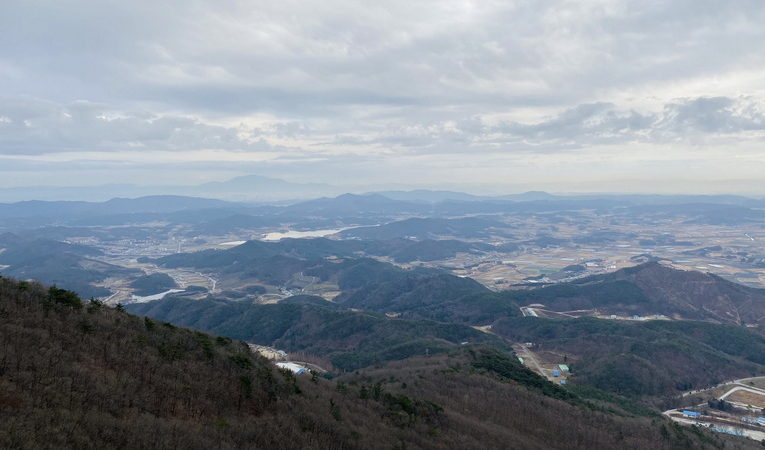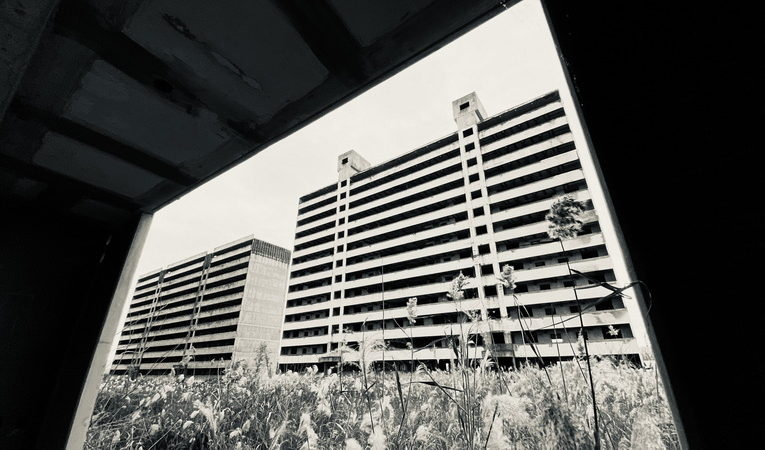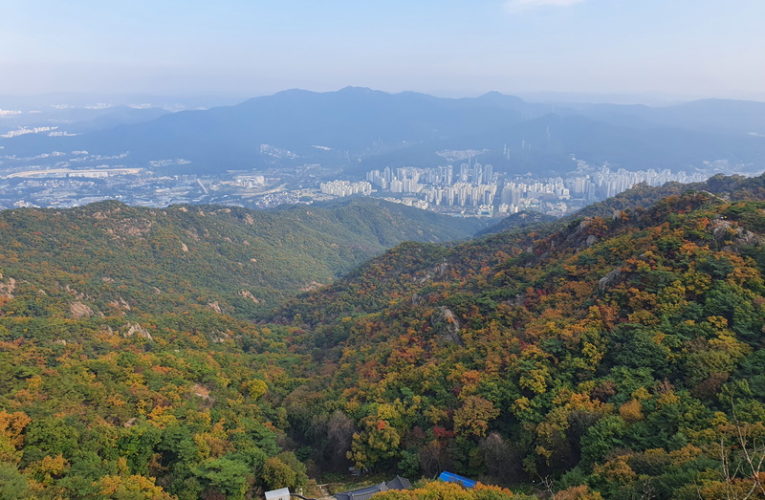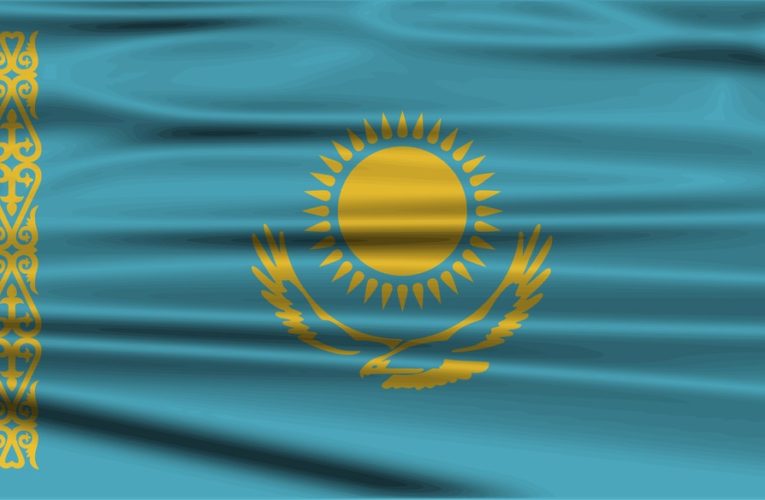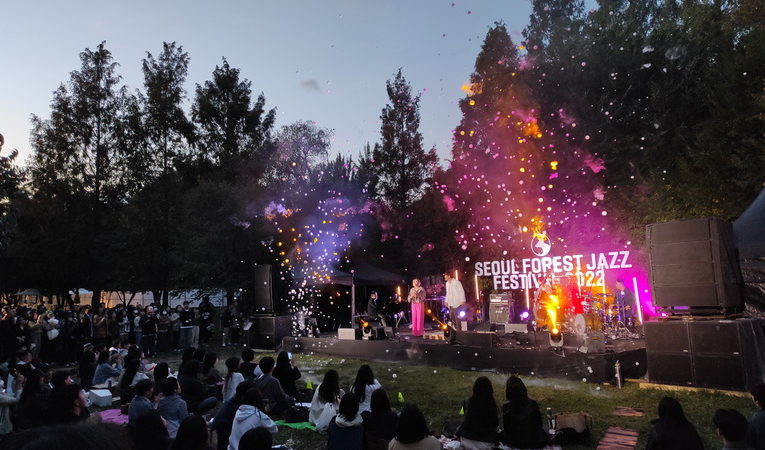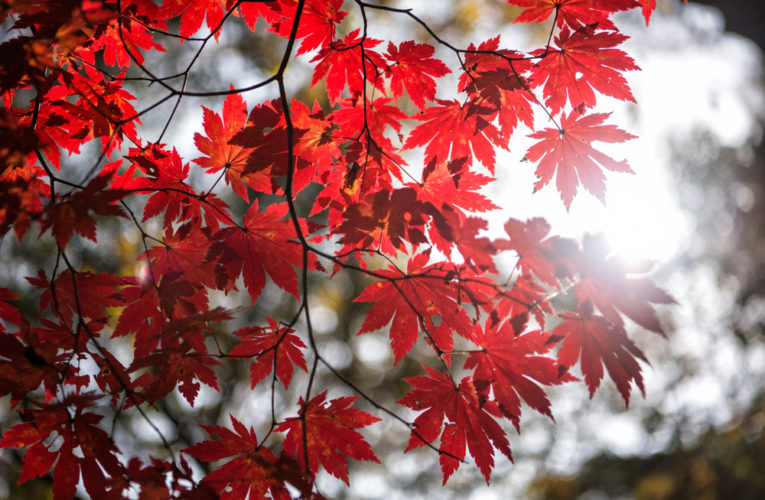Local Loner’s Longtime Sledding Dreams Dashed
Sensing faint pangs of discontent across social media, the ever-perceptive Gwangju News dispatched its crack team of reporters to pursue a bevy of disparate leads, all of which culminated at the Cheetos-strewn bedside of a gaunt, woebegone loner for further elucidation. What follows is our earth-sundering report.





